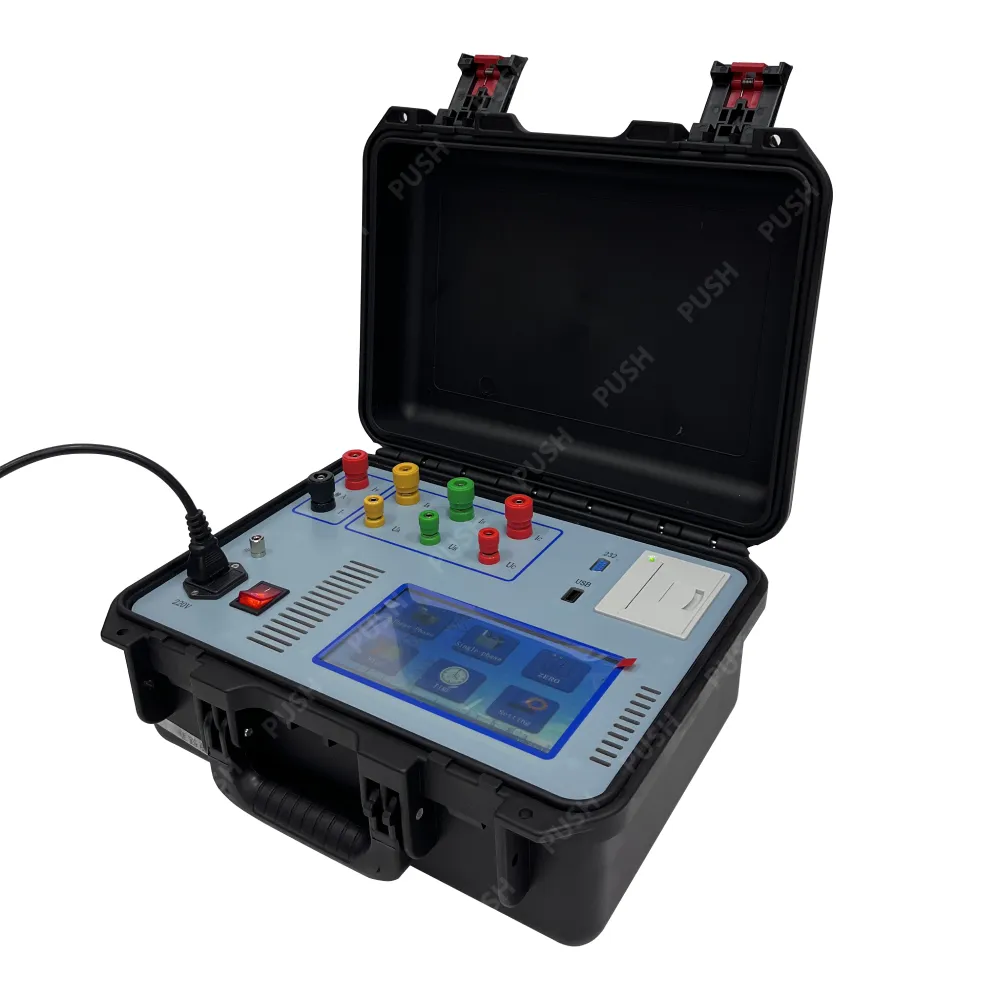 English
English


Comprehensive Approach to Enhancing Power Quality Monitoring for Improved Energy Efficiency and Reliability
Power Quality Monitoring Ensuring Reliable and Efficient Energy Supply
In today’s technology-driven world, the reliability of energy supply plays a crucial role in the operation of both industrial and commercial sectors. Power quality monitoring is an essential process that ensures the electrical power supply is stable, efficient, and free of disturbances that can lead to equipment malfunction, operational inefficiencies, and unplanned downtime. This article will delve into the significance of power quality monitoring, its key parameters, methods of assessment, and the benefits it brings to businesses and consumers alike.
Power Quality Monitoring Ensuring Reliable and Efficient Energy Supply
Key parameters that illustrate power quality include voltage sags, swells, transients, harmonics, and frequency variations. Voltage sags occur when there is a temporary drop in voltage levels, often caused by faults or unexpected loads. Swells are the opposite, representing a momentary increase in voltage, which can lead to potential damage to electrical equipment. Transients are brief spikes of voltage, typically generated by switching activities or lightning strikes. Harmonics, on the other hand, are distortions in the waveform of electrical currents and voltages, primarily caused by non-linear loads. Lastly, frequency variations can impact motor speed and the overall performance of electrical systems.
power quality monitoring ppt

To assess power quality effectively, various monitoring techniques and devices are available. Power quality analyzers are often deployed to gather data on voltage, current, frequency, and waveform characteristics. These analyzers can provide real-time data, enabling facilities to implement immediate corrective actions when necessary. Additionally, advanced digital monitoring tools can be integrated into existing systems, allowing for continuous tracking of power quality metrics over time. This long-term analysis aids in identifying patterns and recurring issues that may require further attention.
The benefits of power quality monitoring are multi-faceted. Firstly, it helps in prolonging the lifespan of equipment by ensuring they operate within their specified voltage and frequency ranges. This not only reduces maintenance costs but also enhances overall operational efficiency. Secondly, effective monitoring can lead to energy savings. By identifying and mitigating power quality issues, businesses can optimize their energy consumption, resulting in lower utility bills. Furthermore, improved power quality can enhance safety, as it reduces the risks associated with electrical faults and failures.
In addition to operational advantages, power quality monitoring holds strategic significance. It allows businesses to adhere to regulatory standards and maintain compliance with industry requirements, thus avoiding potential penalties. Moreover, with the increasing push towards sustainable and renewable energy sources, understanding power quality becomes critical in integrating these alternatives into the grid seamlessly.
In conclusion, power quality monitoring is an indispensable aspect of modern electrical systems. By understanding and managing power quality, organizations can ensure a reliable energy supply, enhance equipment longevity, improve energy efficiency, and ultimately achieve operational excellence. As technology continues to evolve, the importance of effective power quality monitoring will only grow, establishing it as a cornerstone of efficient energy management strategies.
-
Differences between open cup flash point tester and closed cup flash point testerNewsOct.31,2024
-
The Reliable Load Tap ChangerNewsOct.23,2024
-
The Essential Guide to Hipot TestersNewsOct.23,2024
-
The Digital Insulation TesterNewsOct.23,2024
-
The Best Earth Loop Impedance Tester for SaleNewsOct.23,2024
-
Tan Delta Tester--The Essential Tool for Electrical Insulation TestingNewsOct.23,2024





